- Xinjiang -
China's largest province, Xinjiang is the homeland of the Muslim Uyghurs and a fast-changing region where ancient and modern grind up against each other in surprising ways. High-speed railways cross the Martian landscapes linking cities in hours rather than days, and the regional capital Urumuqi is a forest of high-rise apartments and glass skyscrapers; while in parts of the Silk Road oases of Kashgar, Hotan and Turpan, life goes as it has for centuries, based around the mosque, the tea house and the bazaar.
Xinjiang is increasingly attracting visitors for its extraordinary natural beauty and fascinating Central Asian history and culture.
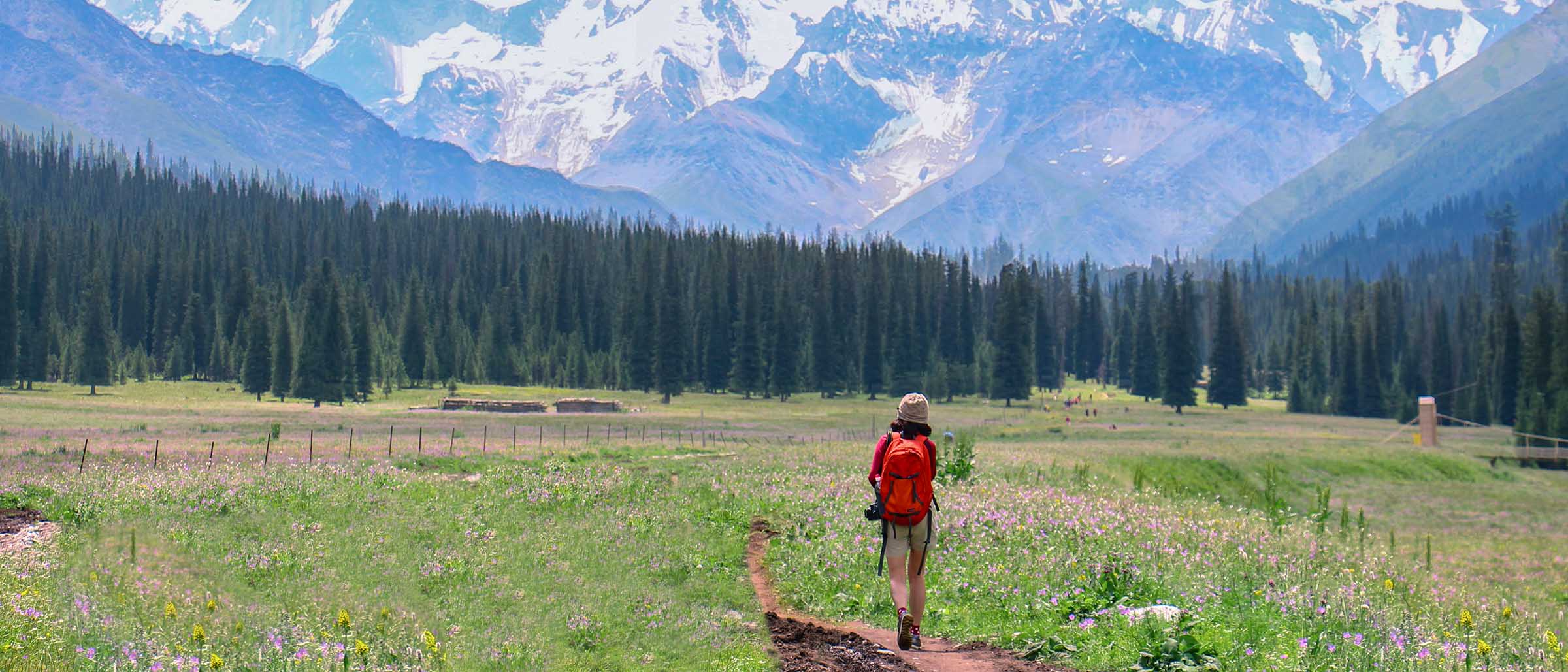
Basic Information
Chinese Name: 新疆( Xin Jiang )
Administration Type: Autonomous Region
Provincial Capital: Urumqi
Location: North western of China, bordered by eight countries including the former Soviet Central Asian republics, Mongolia, Afghanistan, Pakistan and India.
Area: Xinjiang spans over 1.6 million km2 (640,000 square miles)
Population: The 2010 census shows Xinjiang as having 21.82 million people.
Major Ethnic Group: Uyghur, Han, Kazakhs, Tibetans, Hui, Tajiks.
Famous Cities: Urumuqi, Turpan, Kashgar, Altay.
Xinjiang Geography
Xinjiang is the largest political subdivision of China—it accounts for more than one sixth of China's total territory and a quarter of its boundary length. Xinjiang is mostly covered with uninhabitable deserts and dry grasslands, with dotted oases at the foot of Tian Shan, Kunlun Mountains and Altai Mountains. The inhabitable oasis accounts for 9.7% of Xinjiang's total area by 2015.
Xinjiang is young geologically. Collision of the Indian and the Eurasian plates formed the Tian Shan, Kunlun Shan, and Pamir mountain ranges. Xinjiang is a very active earthquake zone. Older geological formations are located in the far north, where the Junggar Block is geologically part of Kazakhstan, and in the east, where is part of the North China Craton.
Xinjiang Climate
A semiarid or desert climate prevails in Xinjiang. The entire region has great seasonal differences in temperature with cold winters. The Turpan Depression recorded the hottest temperatures nationwide in summer,with air temperatures easily exceeding 40 °C (104 °F). Winter temperatures regularly fall below −20 °C (−4 °F) in the far north and highest mountain elevations.
Continuous permafrost is typically found in the Tian Shan starting at the elevation of about 3,500–3,700 m above sea level. Discontinuous alpine permafrost usually occurs down to 2,700–3,300 m, but in certain locations, due to the peculiarity of the aspect and the microclimate, it can be found at elevations as low as 2,000 m.
Xinjiang Religion
The major religions in Xinjiang are Islam among the Uyghurs and the Hui Chinese minority, while many of the Han Chinese practice Chinese folk religions, Taoism, Confucianism and Buddhism. According to a demographic analysis of the year 2010, Muslims form 58% of the province's population.Christianity in Xinjiang is the religion of 1% of the population according to the Chinese General Social Survey of 2009.
A majority of the Uyghur Muslims adhere to Sunni Islam of the Hanafi school of jurisprudence or madhab. A minority of Shias, almost exclusively of the Nizari Ismaili (Seveners) rites are located in the higher mountains of Pamir and Tian Shan. In the western mountains (the Pamirs), almost the entire population of Pamiris, (Sarikolis and Wakhis) are Nizari Ismaili Shia. In the north, in the Tian Shan, the Kyrgyz and Kazakhs are Sunni.
Afaq Khoja Mausoleum and Id Kah Mosque in Kashgar are most important Islamic Xinjiang sites. Emin Minaret in Turfan is a key Islamic site. Bezeklik Thousand Buddha Caves is a noticeable Buddhist site.
Xinjiang Cuisine
As the largest autonomous region in China, Xinjiang boasts substantial contingencies of different ethnic groups and is well-known for its Central Asian flair. Its cities are dominated by the Uyghur ethnic minority, as well as several other Muslim groups such as the Hui and Dongxiang people, meaning the food is predominantly halal and there is a marked lack of pork compared to other parts of China. In many ways, the cuisine in Xinjiang differs from the rest of the country and is distinctly non-Chinese. Roasted mutton, thickly fragrant spices, and sugary sweet desserts take centre stage when it comes to its signature dishes.
Since many of the cities within Xinjiang were once oasis towns along the Silk Road, they felt the influence of other ethnic groups most profoundly and have cherry-picked features of their cuisine, incorporating techniques and flavours from the Tibetans, Mongolians, Persians, Turkish, and numerous other nationalities. These have all come together to form a stunning mosaic of Chinese, Central Asian, and Middle Eastern qualities. Liberal use of seasonings like cumin, chilli powder, cinnamon, garlic, and saffron sets Xinjiang cuisine apart from other styles throughout China.
Xinjiang cuisine reflects the cooking styles of many ethnic groups of the Xinjiang region, and refers particularly to Uyghur cuisine. Signature ingredients include roasted mutton, kebabs, roasted fish, and rice.Because of the Muslim population, the food is predominantly halal.
Folk Festivals
Corban Festival (Muslim People)
Corban is an important festival for Muslims. Corban Festival is also called Zaishengjie while the Hui people call it Zhongxiaojie (festival of faith and obedience). It comes 70 days after the Feast of the Fast Breaking, or the tenth day of the second month in the Islamic calendar. The festival bears the meaning that disciples will devote everything to show their obedience and faith to Allah.
Grape Festival (Uygur People)
The Grape Festival is not just an ode to Turpan`s most important agricultural product, but a chance to celebrate the local way of life. Expect plenty of cultural treats in this remote corner of Xinjiang China. This oasis town in Eastern Xinjiang is picturesquely covered in vine trellises, shading the friendly locals from some of the fiercest heat in China. Almost every household has a hand in the grape business and the markets are full of sweet dried raisins. Its a relaxing place where donkey carts still outnumber cars, but it livens up in April each year.
Eid ul-Fitr (Muslim People)
Eid ul-Fitr often abbreviated to Eid, is a three-day Muslim holiday that marks the end of Ramadan, the Islamic holy month of fasting (sawm). The holiday celebrates the conclusion of the thirty days of dawn-to-sunset fasting during the entire month of Ramadan. The first day of Eid, therefore, falls on the first day of the month Shawwal.
Nowruz Festival
Nowruz Festival is celebrated as the traditional New Year for Uyghurs, Kazaks, Kirgiz, and Uzbeks in China’s Xinjiang region. It is celebrated around March 21st, which is the first day of spring, and the beginning of the year on the Iranian calendar. This festival is celebrated in many countries like Iran, Afghanistan, Kurdish regions of Iraq, Turkey and central Asian countries. It marks the beginning of the planting season. There are several traditional activities that the people take part in. In one activity, the head of the family waves burning pine and fir branches over the heads of the family. There is a traditional Nowruz porridge, “Harach” that is made from many ingredients that is served at lunch. There are many different traditional performances and celebrations that include singing, dancing, wrestling, and acrobatics.
Bayinguoleng Mongolian Prefecture
Bayinguoleng Mongolian Autonomous Prefecture, Ba Prefecture for short, lies in the southeastern part of Xinjiang Uyghur Autonomous Region. In Mongolian, Bayinguoleng means the 'prosperous valley'. To the east, it borders with Gansu and Qinghai provinces, to the west it is next to the Hotan and Aksu regions; it is adjacent to the Tianshan Mountains in the north, and adjoins Kunlun Mountains and Tibet Autonomous Region. There are 36 ethnic groups living here, including Mongolian, Uyghur, Hui and Han.
Covering an area of 471,526 square kilometers, Bayinguoleng occupies one fourth of the total area of Xinjiang and is equal to the sum areas of Fujian, Jiangsu, Jiangxi and Zhejiang provinces.The whole prefecture fits into three morphologic regions: Tianshan Mountains, Tarim Basin and Kunlun-Arjin Mountains. Mountainous regions make up forty-nine percent of Bayingolin's territory. In addition, it has the Takla Makan Desert in the center and vast plains in the north.
The prefecture enjoys a temperate continental climate characterized by aridity, lack of rainfall, much evaporation and long daylight hours. In higher mountainous regions, there is no summer heat all the year round, while in the plain areas, the four seasons are distinct.
Bayinguoleng has a profound history of thousands of years. During the Western Han Dynasty (206 BC - 24 AD), there were eleven kingdoms out of the 'Thirty-six Western Kingdoms' existed in this region, including Loulan, Ruoqiang, Qiemo, Xiaowan, Ronglu, Shanguo, Luntai, Yanmao, Weili, Quli and Weixu. The ancient Silk Road passed through this area. Nowadays, Bayinguoleng Prefecture is rich in tourist resources including the appealing natural attractions such as Mount Tianshan, Mount Kunlun, grasslands, lakes and the Gobi area, and the well-known historical sites, such as the Tiemenguan Pass, the Ancient City of Loulan and the Kizil Thousand-Buddha Caves.
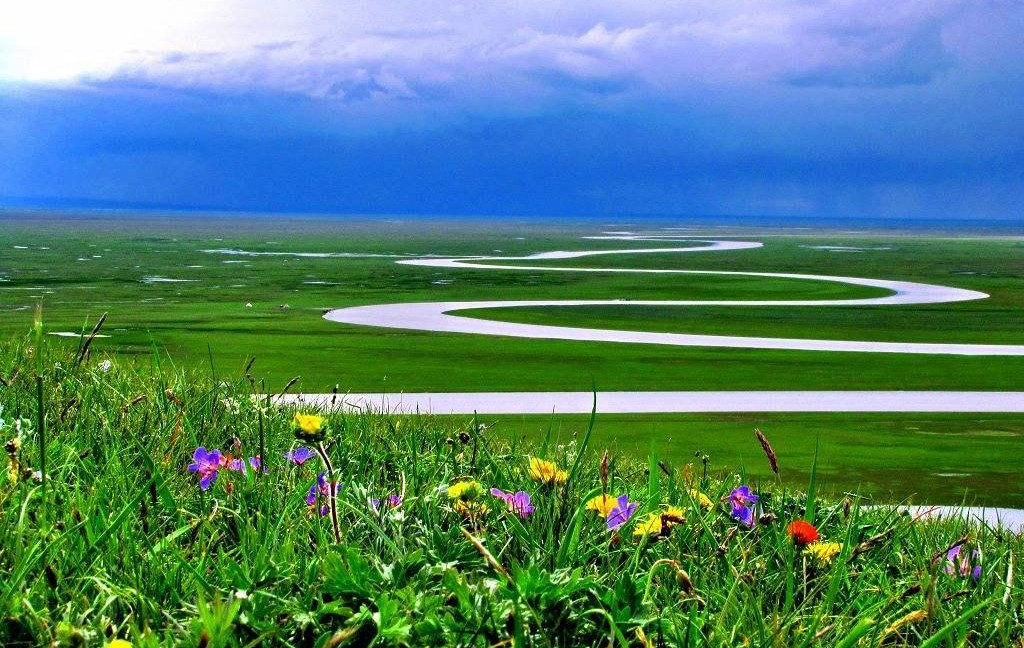
Mian Cities of Bayingguoleng
Korla City
Korla is the second largest city in Xinjiang, and is, administratively, a county-level city and the seat of the Bayingolin Mongol Autonomous Prefecture. Korla is also known for its "fragrant" pears. Korla is approximately 200 kilometres southwest from Urumqi, although, due to the intervening Tian Shan, the road distance is considerably greater.
From ancient time onwards, Korla has been a city playing an irreplaceable role in the middle part of Silk Road. Owing to its unique geographic position, numerous tourist attractions such as Bosten lake, Luntai Huyang Poplar Forest Park and the mysterious "Lop Lake" are breaded drawing large numbers of tourists for a sightseeing every year.
Hejing County
Hejing County is located in the central-southern part of the Tian Shan mountains of Xinjiang, in the north-west of Bayinguoleng Mongol Autonomous Prefecture.
Bayanbulak Grassland is situated at the foot of Tianshan Mountain in the northwest of Hejing county, it's a great prairie boasting luxuriant verdant grass, numerous flocks of sheep and varied plants, making it the second largest grassland in China.
Here snowy mountains encircle each other with terrain ups and downs, aquatic plants beautiful are attractive scenery. The famous “swan lake” China’s only swan nature reserve is located here, the swan dance against the background of snow mountain flower, just like the fairy tale world.
Luntai County
Luntai County as the official romanized name, also transliterated from Mongolian as Bügür County, is a county in central Xinjiang Uyghur Autonomous Region and is under the administration of the Bayin'gholin Mongol Autonomous Prefecture.
Luntai County is located in the south of Tianshan Mountain; the north rim of the Tarim Basin, here is the world's largest, the densest, the best existing “tertiary living fossil”, that is, more than 40 thousand mu of natural poplar forest. Poplar forest in Tarim River Basin is a typical desert forest meadow vegetation types, distribute from upstream to downstream river valley. Although poplar forest structure is relatively simple, it has a strong zonality ecological characteristic. Dyed Sunglow or in the sunset, it gives a person with a mysterious feeling at the same time, also make people understand the vitality and hope.
Yuli County
Yuli County, or Lopnur County, located in the center of Xinjiang Uygur Autonomous Region, is under the administration of the Bayingolin Mongol Autonomous Prefecture. Covering 60,000 square kilometers, Yuli is divided into 9 towns and has a population of 112,400, of which 56% are Uyghurs. Some 50 kilometers to downtown Korla and seated in the northeast of Tarim Basin with Tarim River flowing through, the terrain of Yuli leans to the southeast with mountain front alluvial Gobi plain in the north, Tarim River and Kongqi River alluvial plain in the middle and Tarim Basin and part of Taklimakan Desert in the south.
Yuli was called Lopnor in ancient times. It was named after Lop Nor, a saline lake in the east of Tarim Basin; it was the location of Quli Kingdom, which is one of the 36 kingdoms of ancient western regions coexisting with Han Dynasty. The thousands-old county once had a splendid culture and was subordinated to Central Plain since Tang Dynasty.
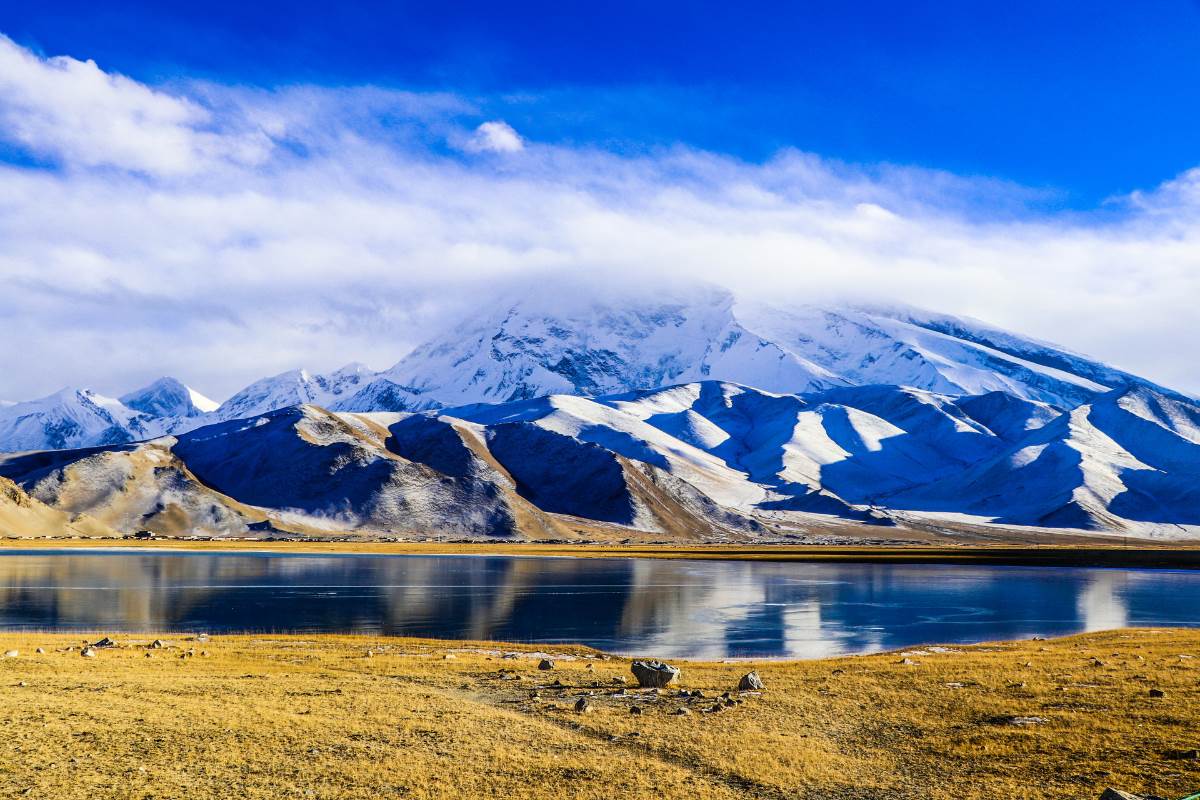
- $2280.00
- 12D11N DAYS
01. A historical relicss of the ancient silk road tour in south Xinjiang, Experience a bazaar that has existed for centuries on the Silk Road, enjoy kebabs in the night market while Uyghur music and dance videos blare from the vendors, explo…
Read More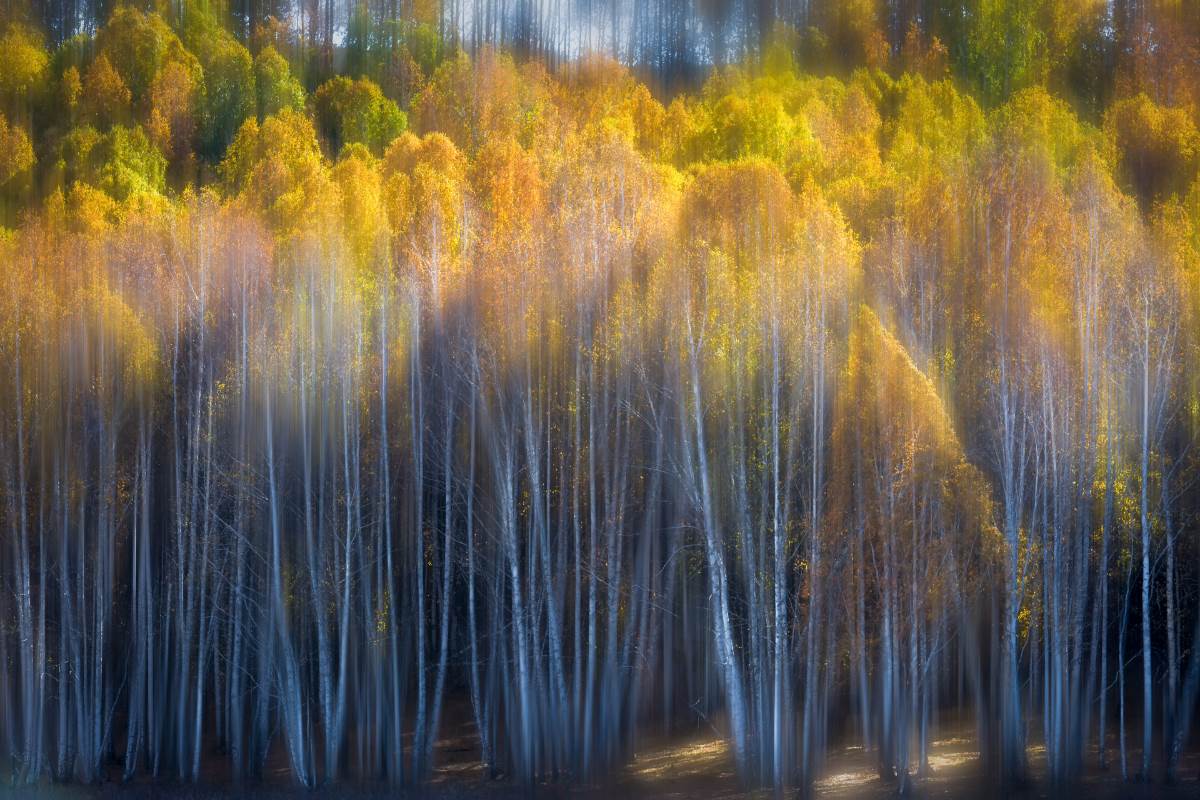
- $1380.00
- 10D9N DAYS
01. Enjoy the beautiful and mysterious Kanas Lake, a heavenly oasis in Xinjiang desert,famous as the “Oriental Switzerland” and the paradise of photographers; The "treasure Light" integrates with the beautiful Kanas Lake view, th…
Read More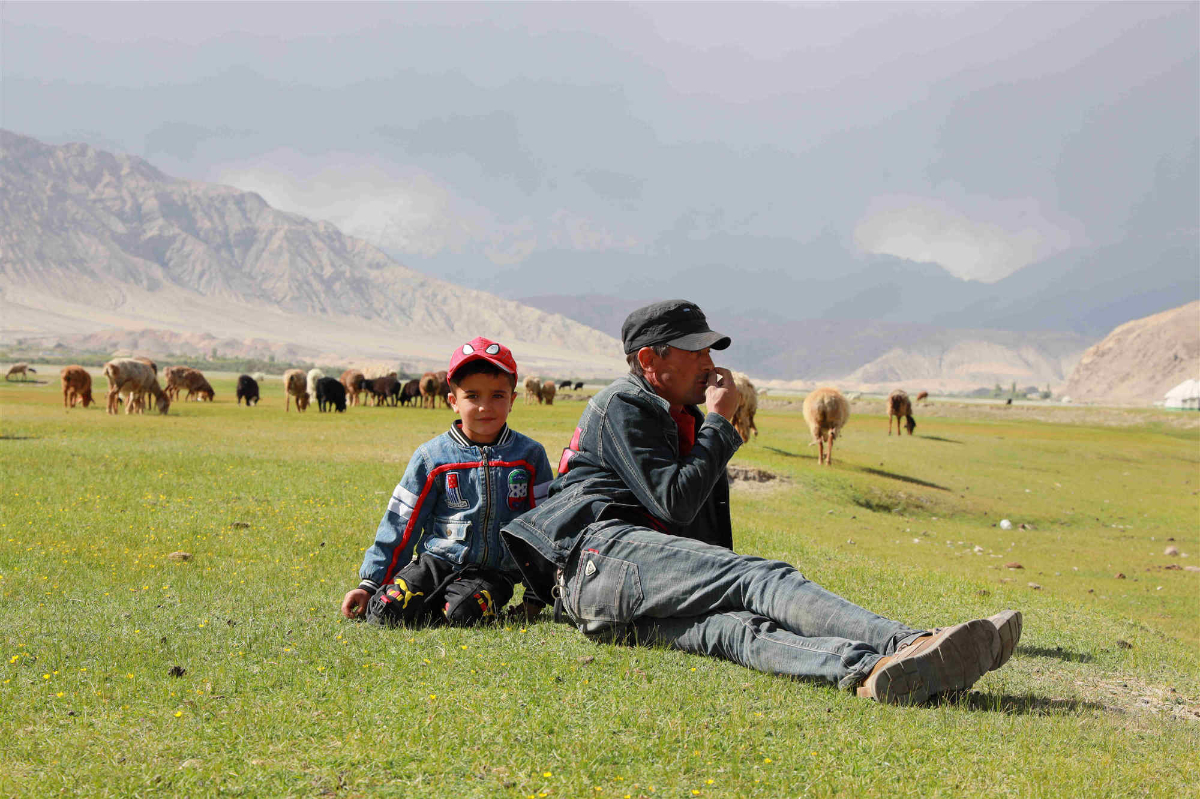
- $USD868.00
- 7D6N DAYS
01. A historical relicss of the ancient silk road tour in south Xinjiang, Exploring the hub connecting China to Central Asian countries, stroll around the Old Town, to explore the special culture of local people in Kashgar. Experience a baza…
Read More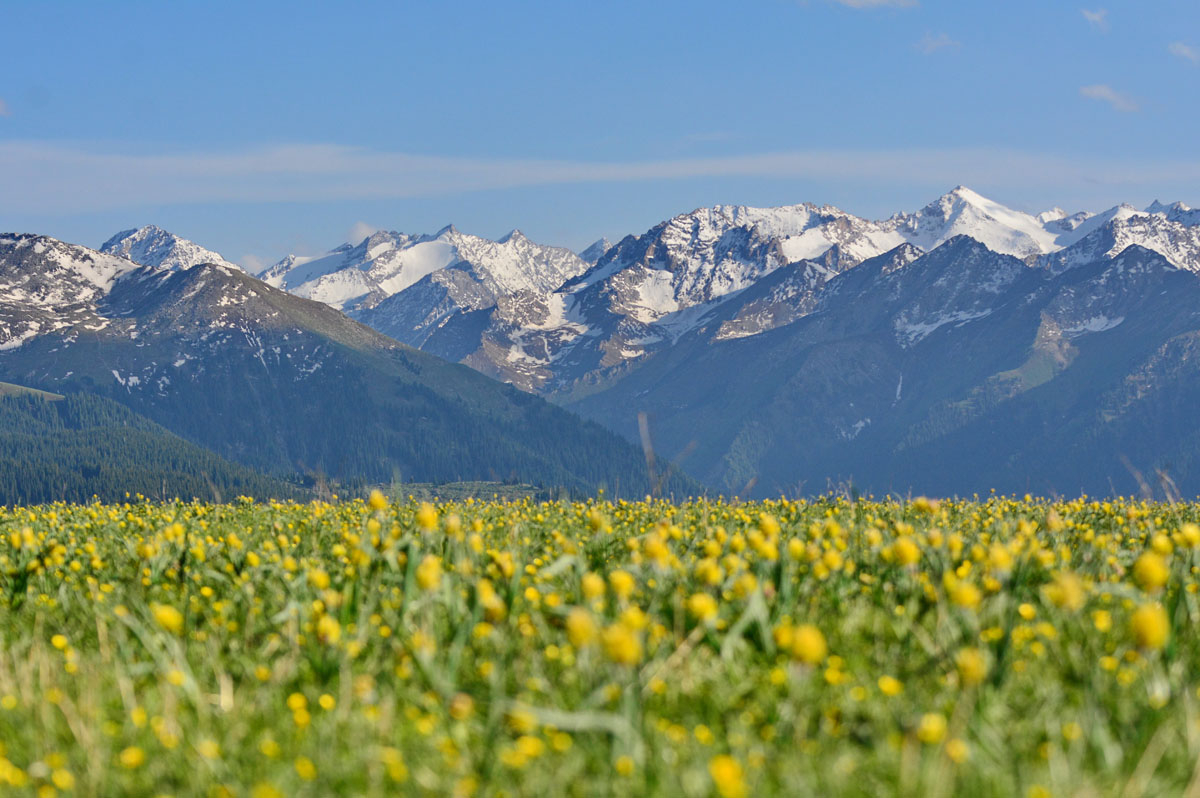
- $1658.00
- 12D11N DAYS
01. A tour travel deep into remote Xinjiang grasslands in the best time, including Sayram lake, Xiata Grand Canyon, Kalajun Pasture, Nalati Grassland, Bayanbuluk, winding river, large flat valley, towering and steep mountain peaks, dense fo…
Read More